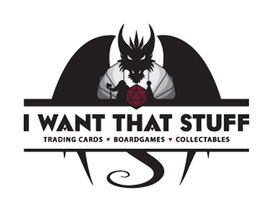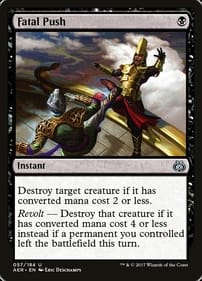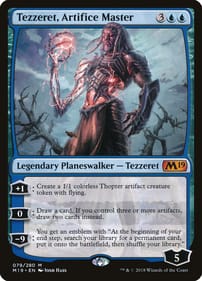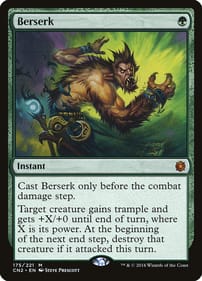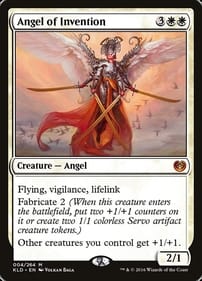Chess
- Description
- Prices
Chess is a two-player strategy board game played on a chessboard, a checkered gameboard with 64 squares arranged in an 8×8 grid.[1] The game is played by millions of people worldwide. Chess is believed to have originated in India sometime before the 7th century. The game was derived from the Indian game chaturanga, which is also the likely ancestor of the Eastern strategy games xiangqi, janggi, and shogi. Chess reached Europe by the 9th century, due to the Umayyad conquest of Hispania. The pieces assumed their current powers in Spain in the late 15th century; the rules were standardized in the 19th century.
Play does not involve hidden information. Each player begins with 16 pieces: one king, one queen, two rooks, two knights, two bishops, and eight pawns. Each of the six piece types moves differently, with the most powerful being the queen and the least powerful the pawn. The objective is to checkmate the opponent's king by placing it under an inescapable threat of capture. To this end, a player's pieces are used to attack and capture the opponent's pieces, while supporting each other. During the game, play typically involves making exchanges of one piece for an opponent's similar piece, but also finding and engineering opportunities to trade one piece for two, or to get a better position. In addition to checkmate, a player wins the game if the opponent resigns, or (in a timed game) runs out of time. There are also several ways that a game can end in a draw.

